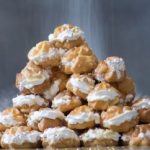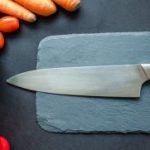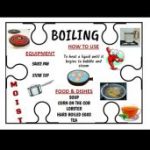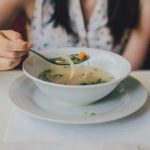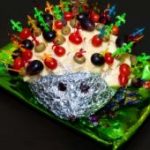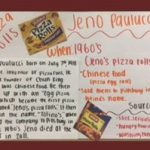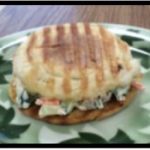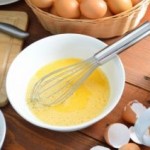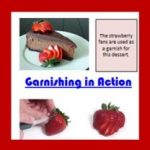
The trend in education is to create student led activities, projects and presentations! After being inspired by a literary term assignment that my son had to create and teach to his AP Literature class, I thought, why not do this with food preparation terms and kitchen tools, letting students compile the information in a presentation and teach each other the materials! This easily became a template that I could share with my students via Google Classroom, keeping entire presentations together. Since students had to orally, present their term or tool, I could grade as they presented, making my life easier at the end of the day!
Read more →
